The Great Rush(1832 - 1854)
The Great Rush
(1832 - 1854)
With the forced removal of the Kickapoo and remaining Native peoples in 1832, the trickle of settlers moving into the state turned into a great rush of people hoping to acquire new land for farming.

Introduction
With the last of the native people forced out in 1832, the trickle of settlers moving into the state turned into a great rush of people hoping to acquire new land for farming.
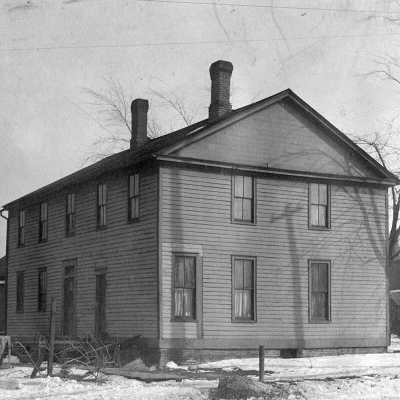
Samuel Hayes
For school teacher Samuel Hayes, the winter journey to Bloomington meant reconnecting with his sweetheart. Samuel left Hartford, Connecticut on November 9, 1836, and headed west on horseback. After nearly eight weeks of miserable conditions, he arrived in Bloomington.

William and Henry Wells
Brothers William and Henry Wells had both been born into slavery. They were free men when they arrived in McLean County in 1835.

Burtis Family
The settlement of the frontier was often one of speculation. Buy land cheap, raise the price, and then market it to those back east. Waves of speculators willing to take the risk invested in Illinois land. Some did it from a distance, while others moved to Illinois.
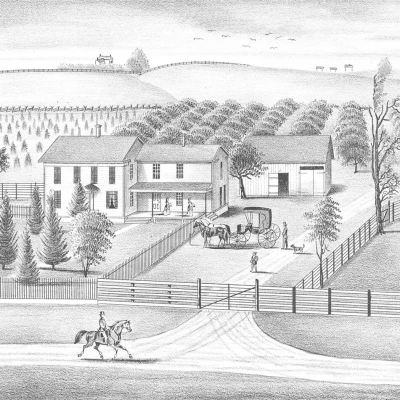
Kenyon Family
Fully aware of the risks, Ezra T. Kenyon brought his wife Susan and sons Ezra W. and Dennis to Mount Hope in 1840.
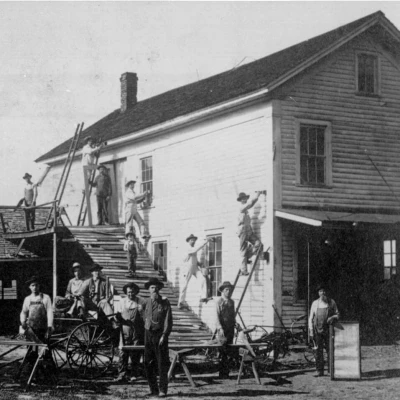
John Benjamin
When John R. Benjamin, his wife Sarah, and their two children arrived in Illinois in the spring of 1854, all the prime land along the timber/prairie margins was already claimed. But they were not deterred. Nor was the large group of New York Quakers that followed.
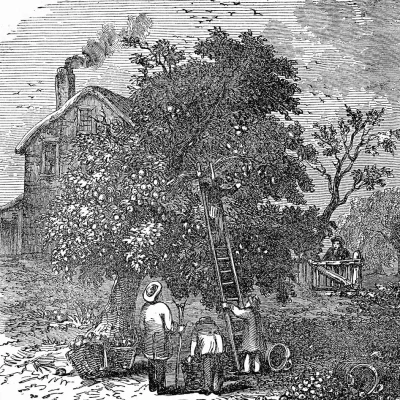
Jesse Fell
With plans to settle somewhere in Illinois or Iowa, in 1828 Jesse Fell left Pennsylvania headed on foot to the western frontier. He took with him a little money and a satchel full of books.
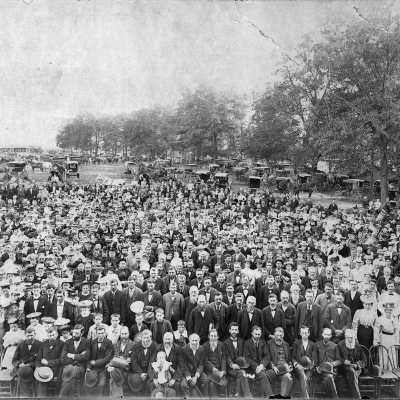
Zook Family
Yost and Susan Hoestetler Zook arrived in 1850 with sons Adam and Jacob, and daughters Catherine and Eliza. Finding the perfect homestead proved challenging.
 Making a Home
Making a Home
 A Community in Conflict
A Community in Conflict
 Working for a Living
Working for a Living
 Farming in the Great Corn Belt
Farming in the Great Corn Belt
 Abraham Lincoln in McLean County
Abraham Lincoln in McLean County